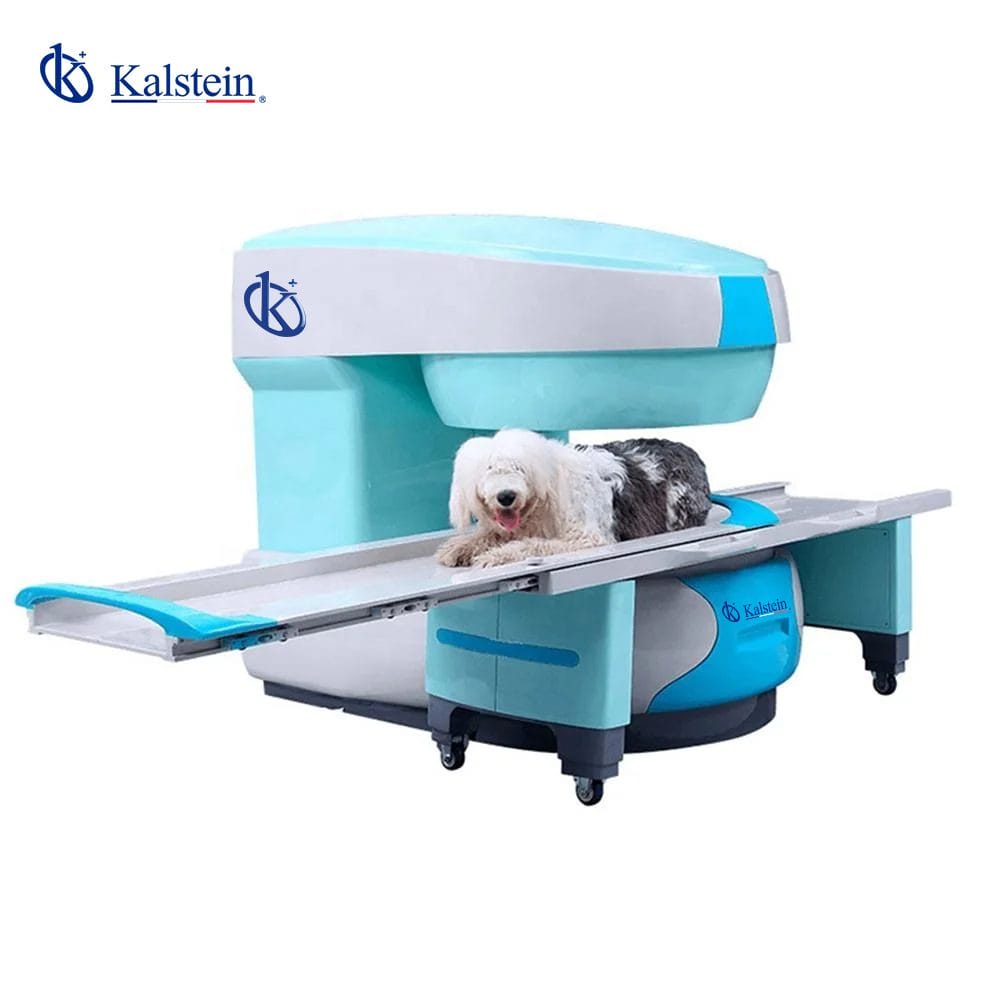In the world of veterinary medicine, every technological advancement represents an invaluable opportunity to improve the diagnosis and treatment of our pets. Veterinary magnetic resonance imaging is one of those advancements that has revolutionized the way diseases and injuries in animals are approached. In this article, we will explore what this equipment consists of, its benefits, and why it has become an indispensable tool for veterinarians around the world.
If you wish to explore the high-end product catalog that we have for you at KALSTEIN, visit us at https://kalstein.co.uk/category-product/veterinary-sector/veterinary-mri/ We assure you that through our online PURCHASE channels that are very easy and feasible, you will find the best PRICES in the market, reminding you that we are a MANUFACTURING Company of high-level Laboratory Equipment for SALE. https://kalstein.co.uk/
What is Veterinary Magnetic Resonance Imaging?
Veterinary magnetic resonance imaging is a diagnostic imaging equipment that uses a powerful magnetic field and radio waves to produce detailed images of soft tissues, bones, and other organs in animals. Unlike other imaging diagnostic methods, such as radiography or ultrasound, magnetic resonance imaging does not use ionizing radiation, making it a safe and non-invasive option for diagnosing various conditions in pets.
Benefits of Veterinary Magnetic Resonance Imaging
One of the main benefits of veterinary magnetic resonance imaging is its ability to provide detailed and high-resolution images of complex anatomical structures, such as the brain, spinal cord, and joints. This allows veterinarians to detect injuries, tumors, inflammations, or other anomalies accurately and quickly, which in turn facilitates the planning of specific and personalized treatments for each patient.
In addition, magnetic resonance imaging can be used in a wide variety of animal species, from dogs and cats to horses and exotic animals, making it a versatile tool for veterinarians of all areas.
Applications of Magnetic Resonance Imaging in Veterinary Medicine
Veterinary magnetic resonance imaging has become a fundamental tool in the diagnosis of various diseases and injuries in animals. Some of the most common applications of magnetic resonance imaging in veterinary medicine include:
– Evaluation of injuries in the musculoskeletal system, such as ligament tears, bone fractures, or joint diseases.
– Diagnosis of neurological diseases, such as brain tumors, disc herniation, or degenerative diseases.
– Detection of problems in internal organs, such as the heart, lungs, liver, or kidneys.
– Planning surgeries and oncological treatments thanks to the precision of the images provided by magnetic resonance imaging.
– Monitoring the evolution of chronic diseases or injuries over time.
Considerations for the Acquisition of a Veterinary Magnetic Resonance Imaging Equipment
If you are thinking of incorporating magnetic resonance imaging equipment into your veterinary clinic, it is important to consider some key points. First, ensure that you have the space and resources necessary for the installation and maintenance of this equipment, as magnetic resonance imaging requires certain environmental and safety conditions for correct operation.
In addition, it is crucial to train the veterinary and technical staff who will use the magnetic resonance imaging, to ensure appropriate handling of the equipment and accurate interpretation of the images obtained. Finally, assess the specific needs of your veterinary practice and the type of patients they attend, to choose a magnetic resonance imaging equipment that fits your requirements and budget.




